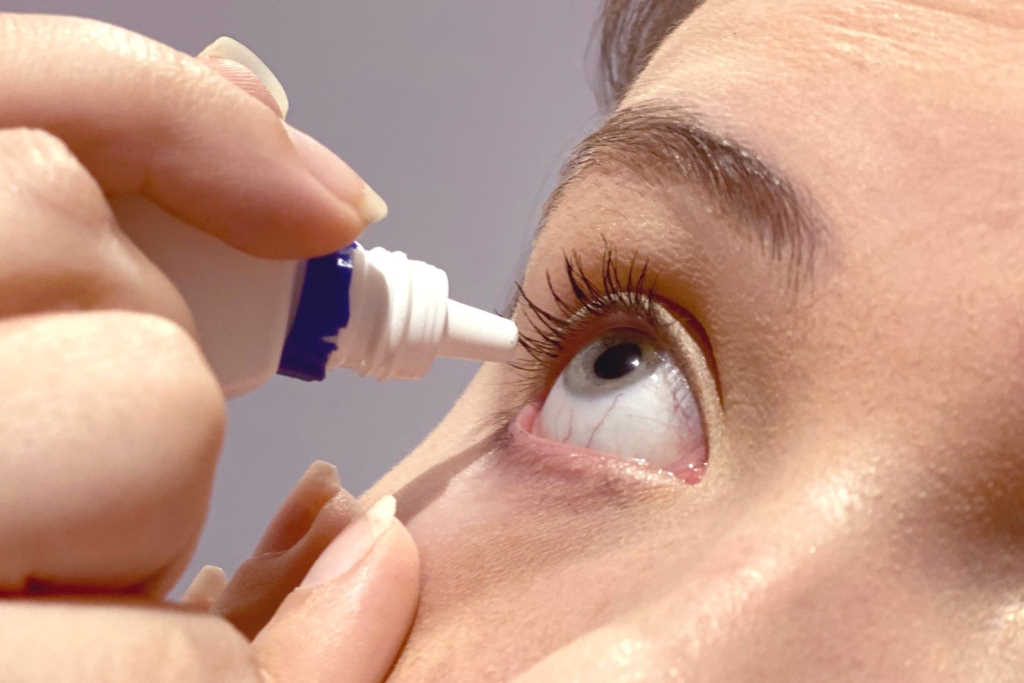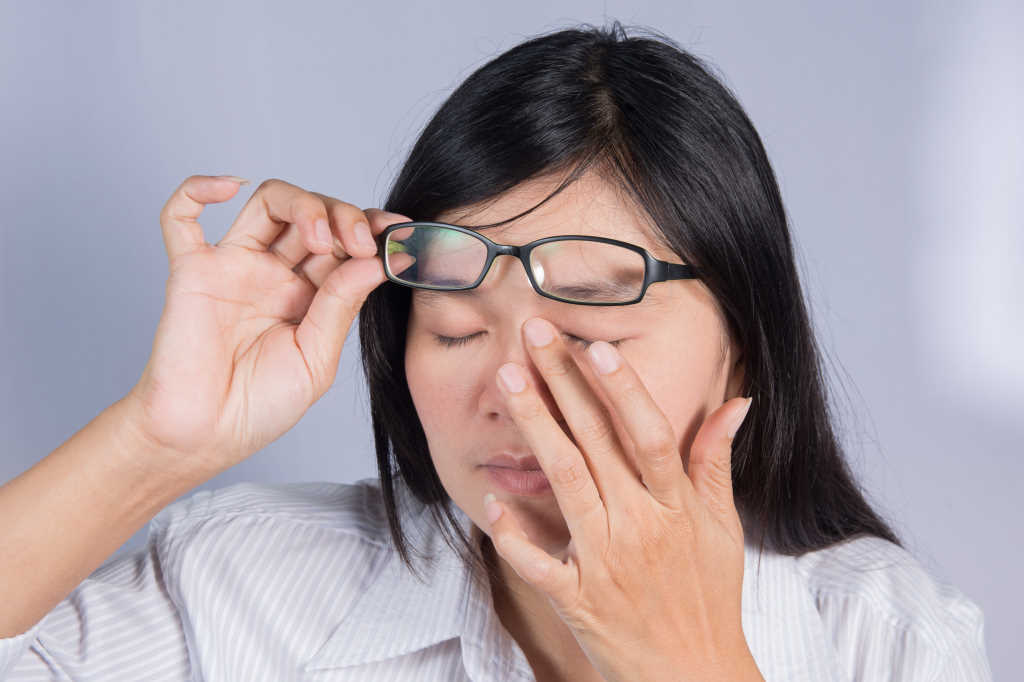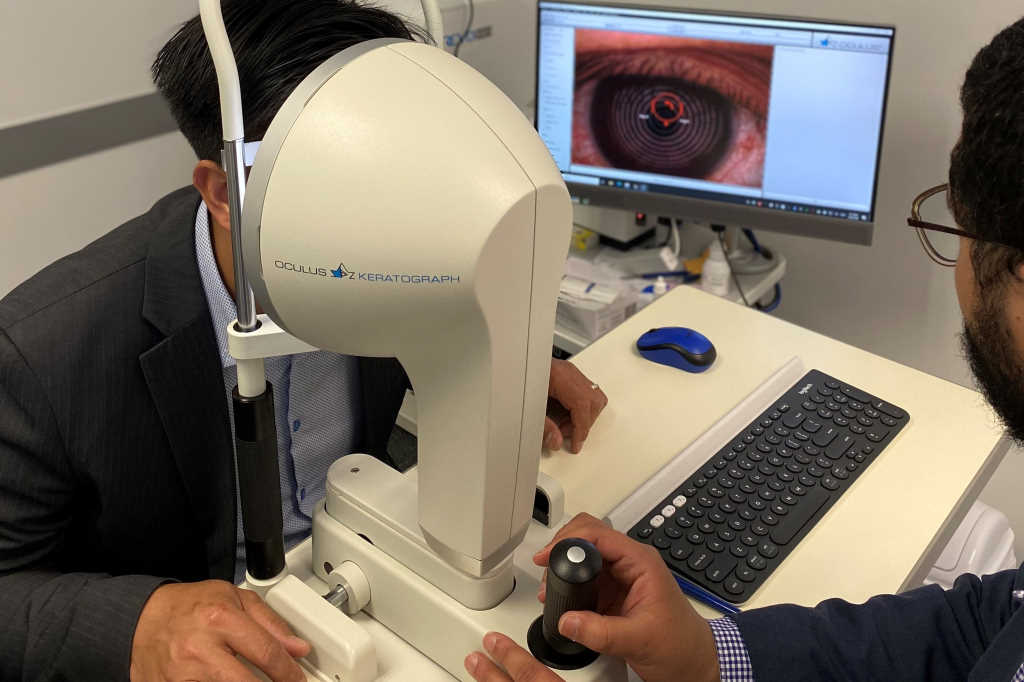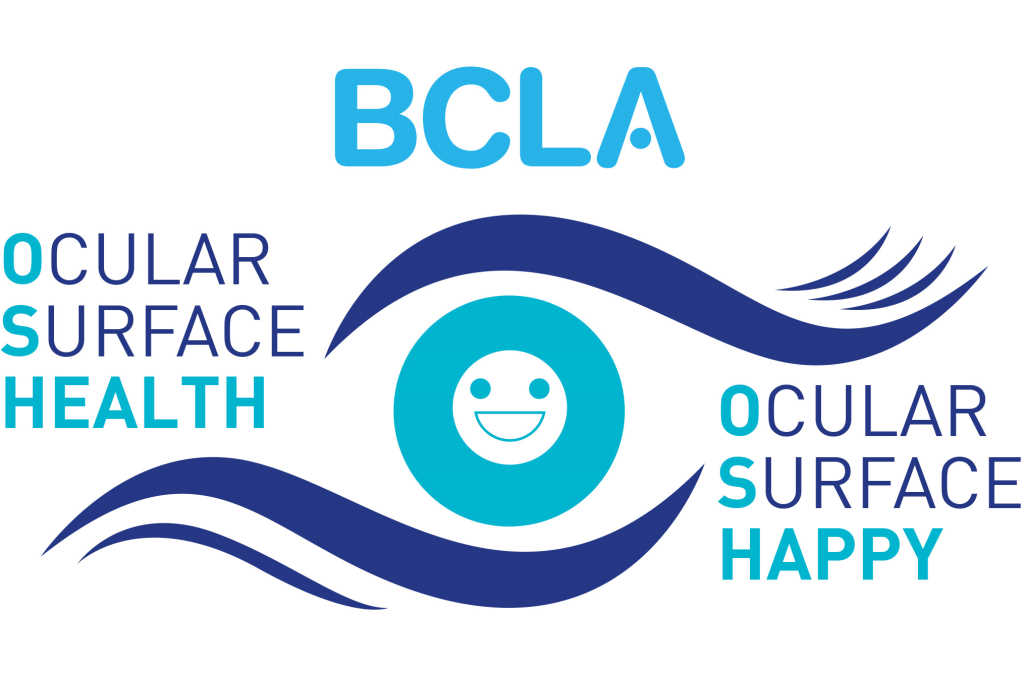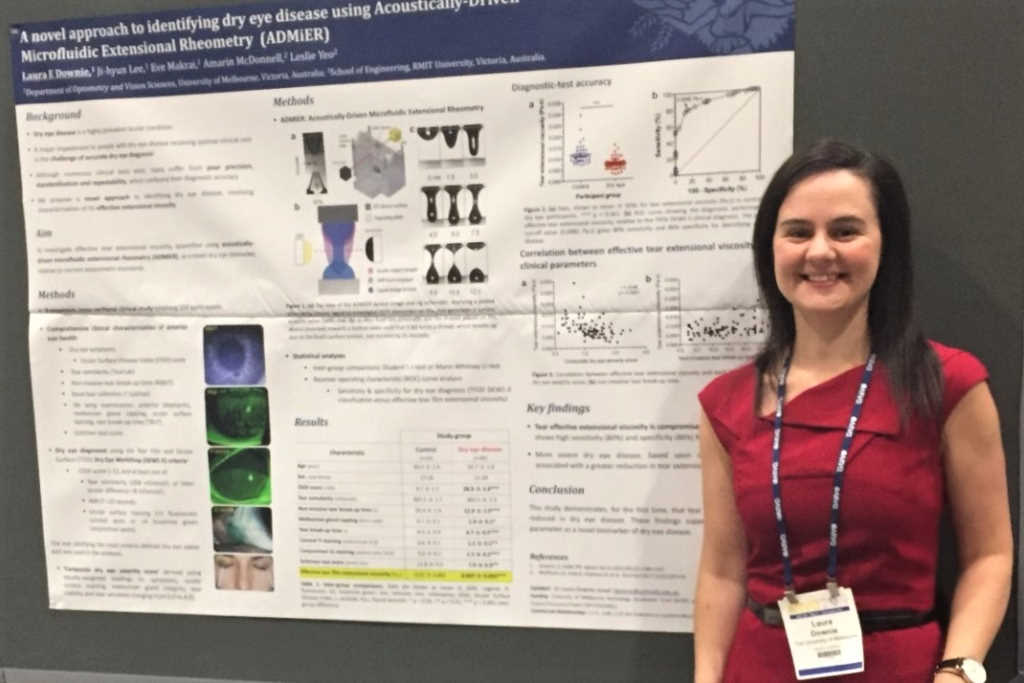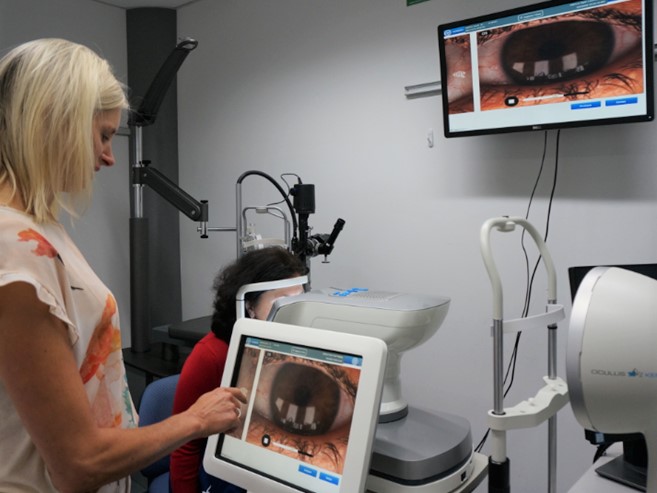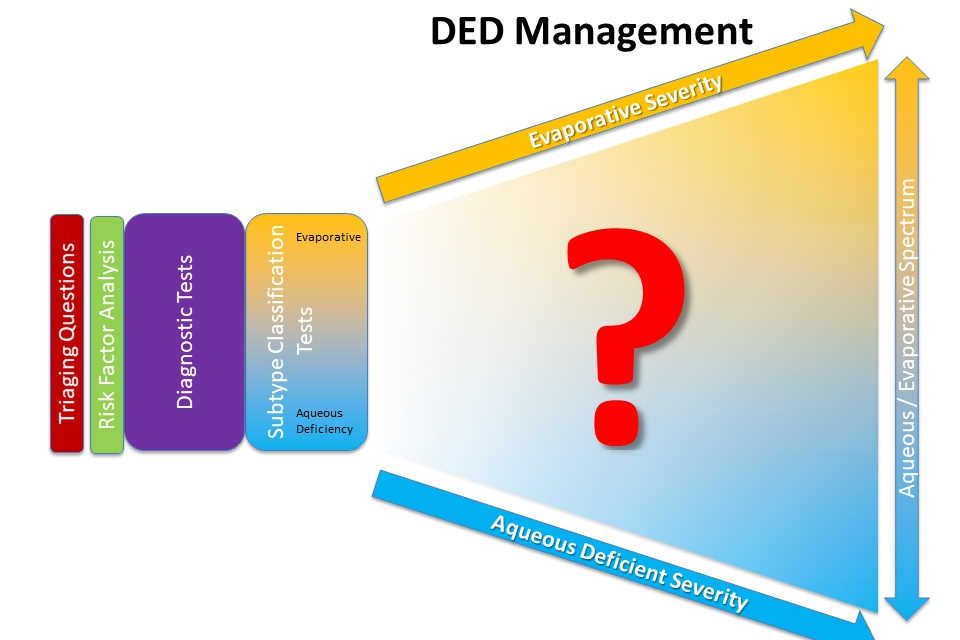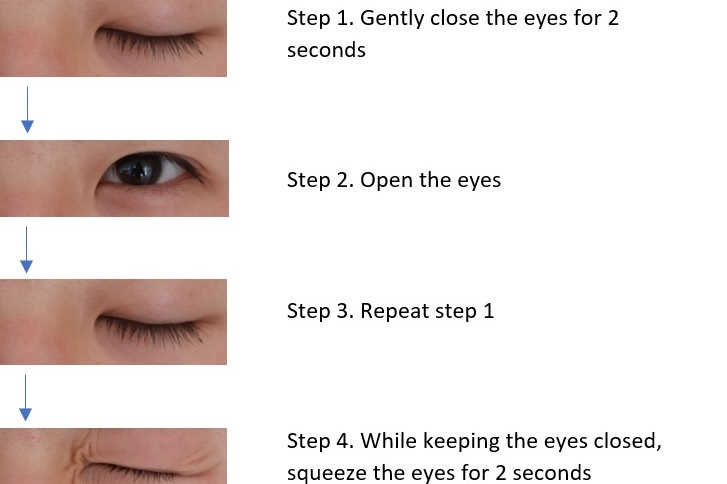Blink tracking 2.0 - a new era
In 2011, we were taking in five times as much information each day as we had done 25 years earlier¹, and this was before most people owned smartphones. Nowadays many of us spend a majority of our waking hours looking at or scrolling down screens.
In this fast-paced, visually stimulating environment, our attention spans have shortened but, in other ways, have also increased. “Blink, and you’ll miss it”, has become our modern-day mantra; and, indeed, in a literal sense, when we are focused, we blink less. Screen use can dramatically reduce the quality of the blink and this may play a significant role in the expression and development of dry eye disease 2,3.
On average, we blink 10,000 times per day, or at least we should, but blink dynamics can vary significantly depending on the task at hand. The issue with this textbook value is that it originates in research largely predating the digital age. Blinking has almost exclusively been examined in controlled laboratory settings and this data may not be representative of natural blinking in everyday environments. “Just blink normally, please”, turns out to be a difficult instruction for study participants to follow. Our understanding of true, natural blinking patterns, their diurnal variation and differences between individuals is inadequate and, most likely, outdated. Better methods are needed to track blink dynamics accurately and unobtrusively.
The solution may come in the form of a wearable blink tracker, similar to a step counter or heart rate monitor. Using advanced sensing technologies positioned close to the eye, such a device has the potential to provide real-time monitoring over the course of a day.
To surmount this engineering feat, a collaboration has recently been established between the Ocular Surface Laboratory (OSL) and leading biosensing experts from the Auckland Bioengineering Institute. Spearheading the first step has been Sebastian Golczyk, a visiting master’s student from the Ernst Abbe University of Applied Sciences in Jena, Germany. His work, the analysis of which is currently underway, evaluated the impact on blinking dynamics of adding the weight of a sensor to the eyelids.
Blinking is the fundamental mechanism that protects the ocular surface. Growing realisation of its role in the associated rise of extended screen time and dry eye disease, especially in youth, begs our efforts in establishing a better understanding of true blinking in modern life.
References
1. Hilbert M, López P. The World’s Technological Capacity to Store, Communicate, and Compute Information. Science (80- ) 2011; 332: 60 LP – 65.
2. Wang MTM, Tien L, Han A, et al. Impact of blinking on ocular surface and tear film parameters. Ocul Surf 2018; 16: 424–429.
3. Kim AD, Muntz A, Lee J, et al. Therapeutic benefits of blinking exercises in dry eye disease. Contact Lens Anterior Eye. Online ahead of print 2020. DOI: 10.1016/j.clae.2020.04.014.
Dr Alex Müntz is a post-doctoral research fellow in the OSL at the University of Auckland











